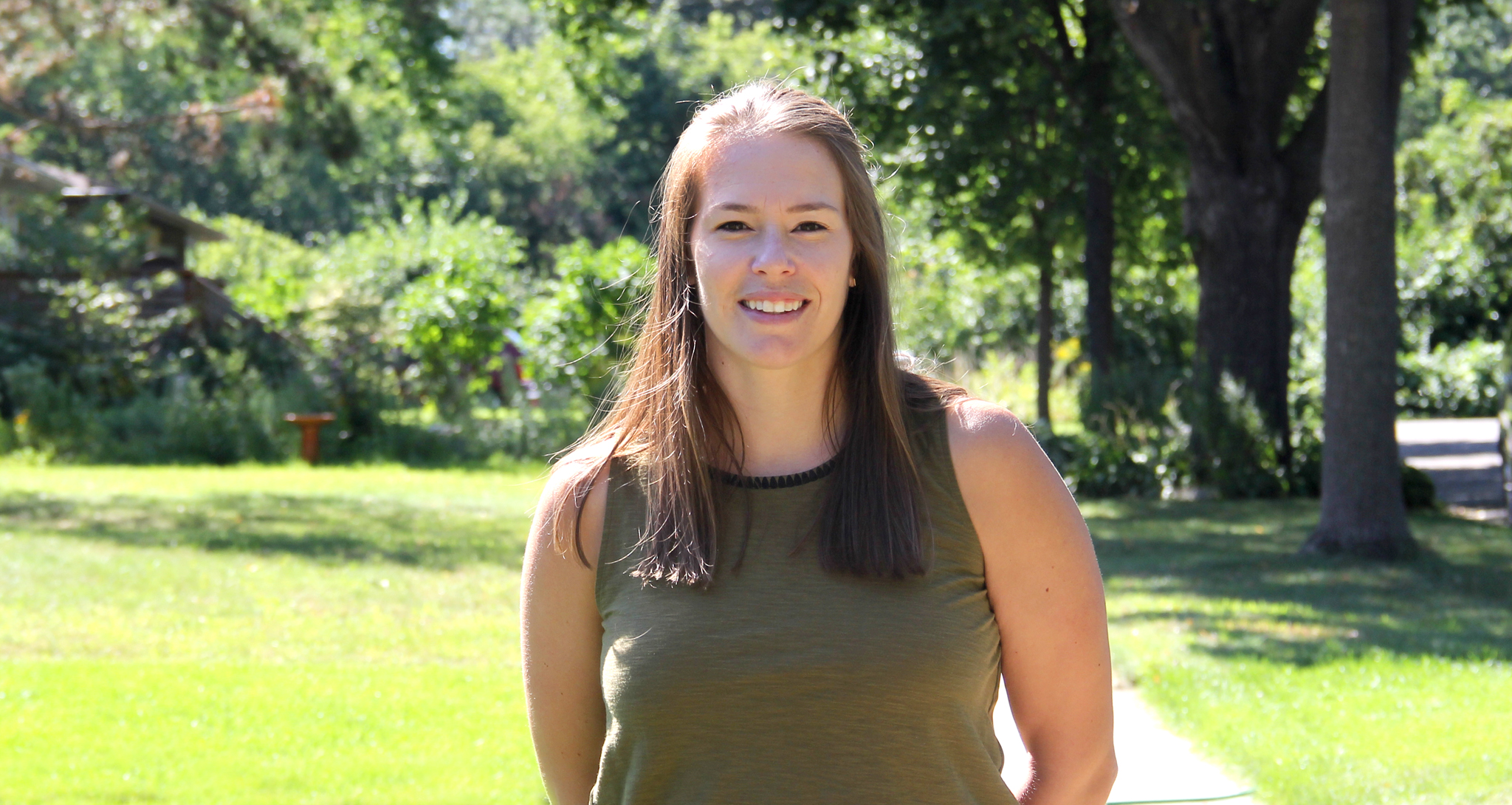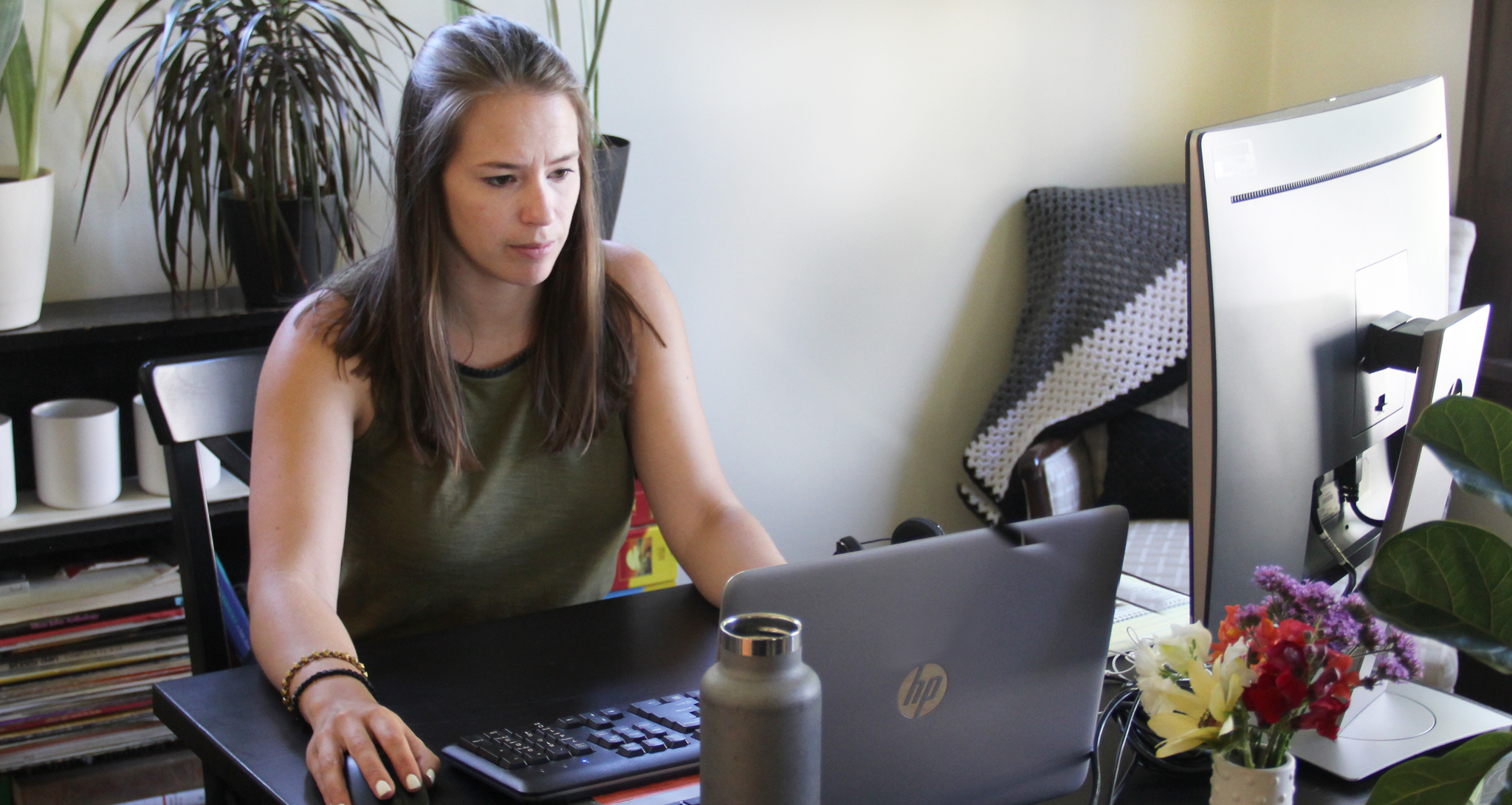

Ever since the COVID-19 pandemic began, Franny Dorr, a Hennepin County epidemiologist, has spent hours on the phone, playing detective.
Dorr calls people who’ve tested positive for COVID-19, using a list she receives from the Minnesota Department of Health, and asks them if they’ll talk to her about their disease.
If they’re willing to talk, she then advises them on what they can do to avoid spreading COVID-19 to others. She also asks them questions to figure out something equally important: who might they have spread COVID-19 to already?
To figure out who they may have already infected, Dorr identifies when each person’s symptoms begin so she can establish their infectious period. Then she identifies places they’ve been during this period and people they’ve been in close contact with in these places.
Next Dorr reaches out to the people who may have been exposed to the virus. She informs them of their exposure and advices them on what they can do to prevent spreading COVID-19 to others.
The process is called contact tracing and it’s a technique that public health has been using for decades.
COVID-19 contact tracers help people with the virus to avoid spreading it to others – and identify people who they may have already spread it to
Since May 2020, roughly two dozen Hennepin County staff, led by epidemiologists like Dorr, have done COVID-19 contact tracing. Together they’ve completed more than 1,200 interviews with people with COVID-19, identified hundreds of people who’ve been potentially exposed, and advised everyone on how they can avoid spreading the virus to others.
A key way to avoid spreading COVID-19 to others is to isolate or quarantine. People with COVID-19 isolate, people who are waiting to see if they develop COVID-19 quarantine – but the method is similar: people stay home until they’re no longer contagious or until 14 days have passed since their potential exposure (COVID-19’s incubation period). In addition to staying home, those who isolate separate from members of their household.
Some people Dorr talks to are already doing this effectively. One young man she spoke to, for instance, was staying in his own bedroom. Family members left meals outside his bedroom door, using plates and plastic utensils so they didn’t need to wash contaminated dishes. The man used a separate bathroom and wore a mask to and from the bathroom as an extra measure to protect his family.
But in other cases, Dorr helps people improve their isolation or quarantine practices or to start these behaviors in the first place. On one call, for instance, she spoke to a father with COVID-19 who was isolating in his own bedroom and bathroom, away from his wife and children. However, he told Dorr he was still having short dinners with his family each night.
“I had to explain to him that, unfortunately, even this limited time with his family was still considered an exposure in the home and, as a result, the quarantine period for his wife and children would be extended to start from the day they last shared a meal together, rather than from the date that he first started isolating in his own bedroom,” Dorr explains.

As the pandemic continues, Dorr notes that people are increasingly getting exposed to COVID-19 by people they don’t even know.
“At first, [during Minnesota’s Stay at Home order], we were mostly observing household transmission,” she says. But as more workplace and social settings reopen, the contact tracers are seeing more exposures outside households and long term care facilities.
“We’ve definitely identified groups of seemingly unrelated people who all report being at the same bar on a given night,” she says, by way of example.
Sometimes the people who were exposed in these settings are surprised, telling Dorr they took safety precautions.
“Just because a bar [or other setting] is open and you’re wearing a mask and their staff are wearing masks, and everyone is doing what they’re supposed to do, exposures still occur,” she explains to them. “Eliminating all risk is really difficult.” These conversations have led to new understanding and behaviors.
Creating new understanding and behaviors is why Dorr went into epidemiology in the first place.
“I’ve always been interested in infectious diseases and I like having an upstream effect,” she says. “What can people do now to prevent illness later? I really value being able to share information with people that can inform their behavior and prevent their friends, family, and others from getting sick.”
If a contact tracer reaches out to you, Dorr encourages you to take the call or to call them back. “Our primary goal is to prevent illness,” she says, “so the more people who are willing to talk to us, the better the information we’ll have, and this will prevent more people from getting sick.”